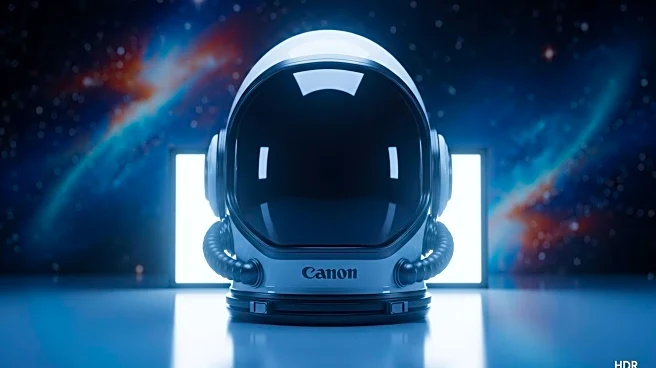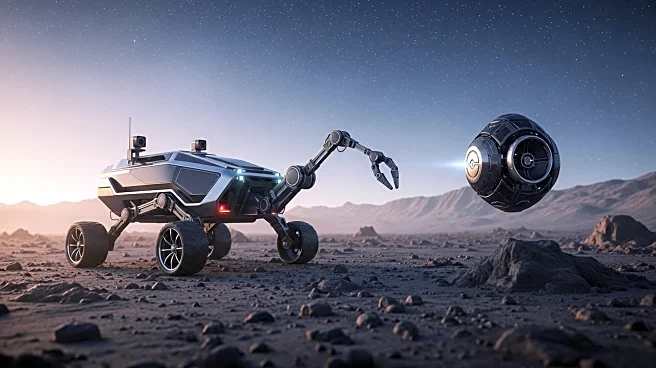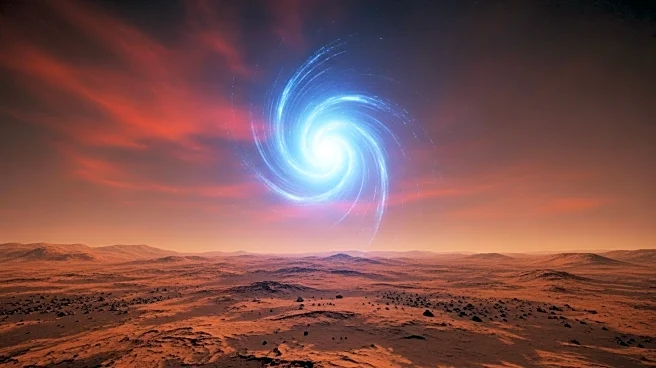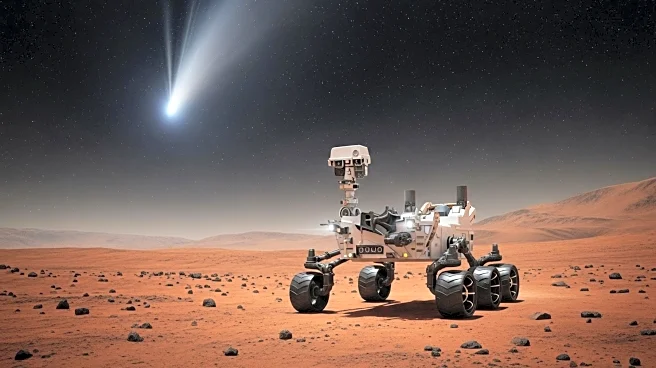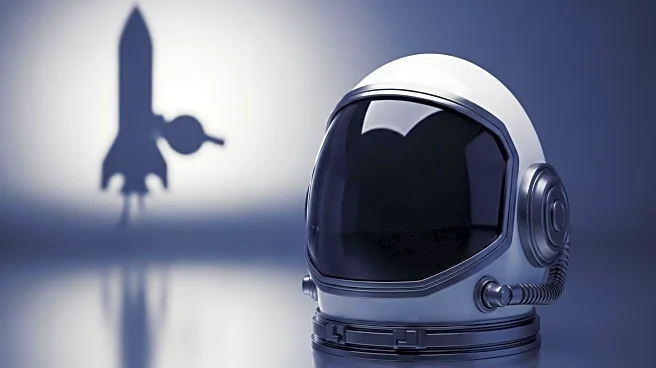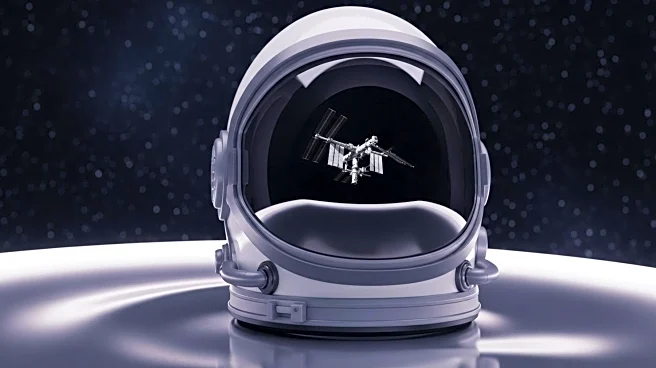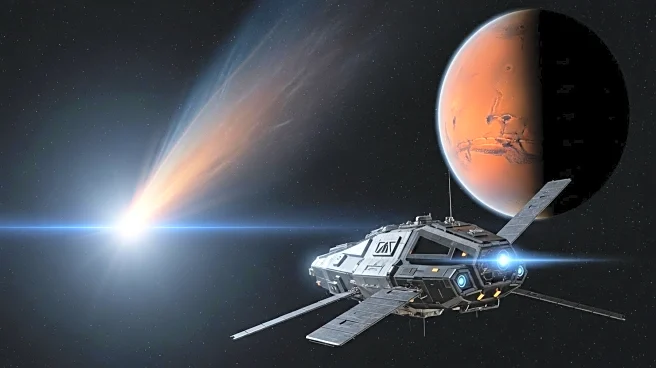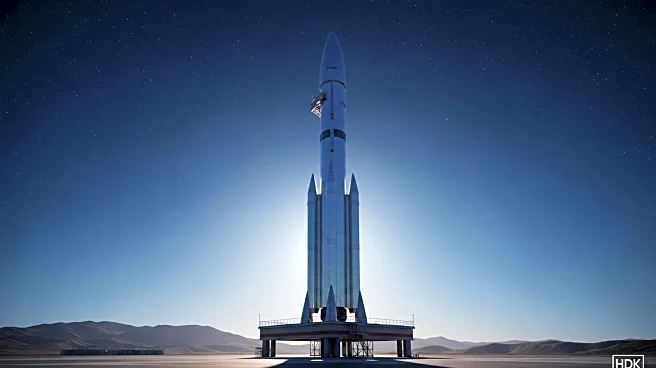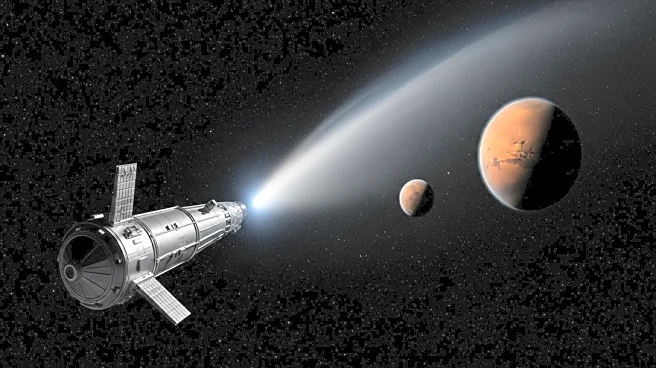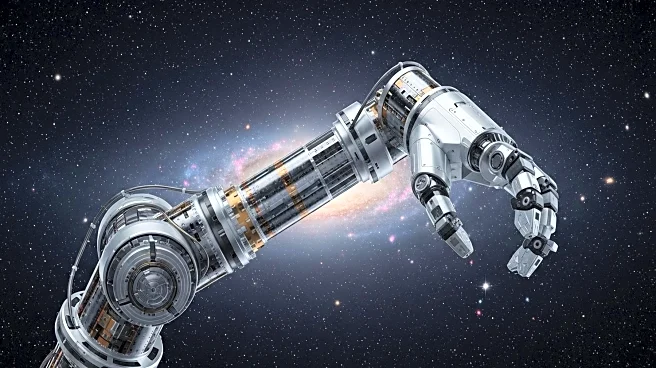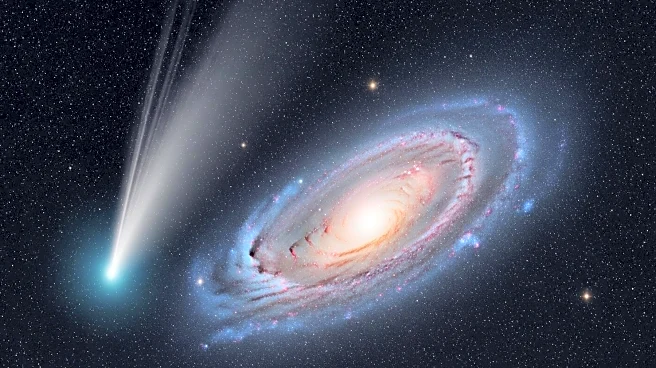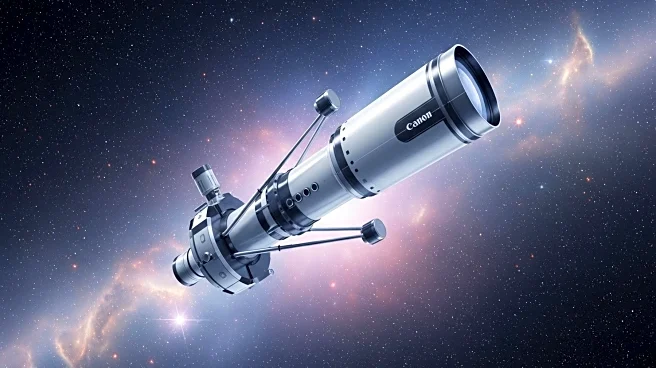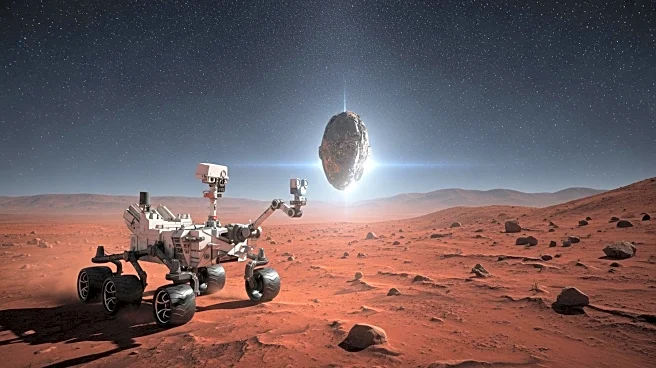What is the story about?
What's Happening?
NASA is set to host a news conference on October 1 at the Johnson Space Center in Houston to discuss the upcoming mission of astronaut Chris Williams to the International Space Station. The event will be streamed live on NASA's website and YouTube channel. Williams, along with Sergey Kud-Sverchkov and Sergey Mikaev from Roscosmos, will be part of Expeditions 73/74, launching aboard the Soyuz MS-28 spacecraft from the Baikonur Cosmodrome in Kazakhstan on November 27. This marks Williams' first flight to the space station, following his selection as an astronaut candidate in 2021 and subsequent training. Williams, originally from New York City, holds degrees in physics from Stanford University and MIT, and has completed medical physics residency training at Harvard Medical School.
Why It's Important?
The mission underscores NASA's ongoing commitment to maintaining a continuous human presence aboard the International Space Station, which serves as a hub for scientific research and technological innovation. The participation of Chris Williams, a highly trained physicist, highlights the interdisciplinary nature of space exploration, combining expertise in astrophysics and medical physics. This mission is part of NASA's broader efforts under the Artemis campaign, aiming to develop a sustainable economy in low Earth orbit and prepare for future human exploration of the Moon and Mars. The collaboration with Roscosmos also reflects international cooperation in space endeavors, which is crucial for advancing global scientific knowledge and fostering peaceful relations.
What's Next?
Following the launch, Williams and his colleagues will spend eight months aboard the space station, conducting experiments and contributing to ongoing research. Their work will support NASA's goals of advancing human space exploration and developing technologies for future missions to the Moon and Mars. The mission will also provide valuable data on long-duration spaceflight, which is essential for planning future interplanetary missions. As NASA continues to expand its partnerships and capabilities, the outcomes of this mission could influence future collaborations and technological advancements in space exploration.
Beyond the Headlines
The mission of Chris Williams and his team could have long-term implications for the role of interdisciplinary research in space exploration. By integrating fields such as astrophysics and medical physics, NASA is paving the way for more comprehensive approaches to understanding space environments and their effects on human health. This could lead to innovations in space medicine and technology, enhancing the safety and efficiency of future missions. Additionally, the collaboration with Roscosmos highlights the importance of international partnerships in overcoming challenges and achieving shared goals in space exploration.
AI Generated Content
Do you find this article useful?
